
It is an astonishing fact: in less than a year, Russian aircraft have dropped at least 127 bombs on their own territory and occupied areas of Ukraine. It is not enemy sabotage, nor some sort of propaganda claim; this is a large-scale documented operational failure. The incidents have raised alarm not only for their frequency but also for what they reveal about the state of Russia’s aerial warfare systems.
The use of retrofitted munitions and glide bombs has been at the heart of Russian strikes beyond Ukrainian defenses since the start of this war escalation. While deployment rates have gone up, so have mishaps; this becomes a dangerous pattern of unintended strikes against friendly or controlled zones. The causes range from technical defects all the way to rushed production, each with its operational and strategic implications.
The following list outlines nine of the most revealing aspects of this problem, from the technology behind the weapons to the systemic issues enabling such repeated failures.

1. A Year of Record-Friendly Bomb Drops
According to Astra, from January 2025, Russian jets have dropped at least 120 high-explosive bombs and seven precision-guided glide munitions onto Russian soil or onto occupied Ukrainian territory. This comes against a similar backdrop in 2024, when there were at least 165 incidents of this nature. The frequency speaks volumes about a persistent problem that hasn’t been resolved despite the clear operational risks.

2. Belgorod, and border areas concentration
The Belgorod region that borders Ukraine has been the epicenter of these mishaps. Reports indicate that over 100 bombs have fallen there between March and June of 2024 alone. In one incident, an FAB-500 landed in Krasnaya Polyana without detonating; there have also been repeated strikes against Shebekino and its surrounding villages. The same areas house major logistical nodes for Russian operations; such an accident is hence more disruptive than others.

3. The FAB-250 and FAB-500: Workhorses with a Flaw
Most incidents of accidental drops involve bombs of the FAB-250 and FAB-500 types-Soviet-era designs pressed into modern service. Fitted with the UMPK wing kit, these bombs are capable of gliding to targets dozens of kilometers away. However, age combined with the stress of retrofitting seems to play a role in release failures, where the ordnance falls from the aircraft well before reaching intended targets.
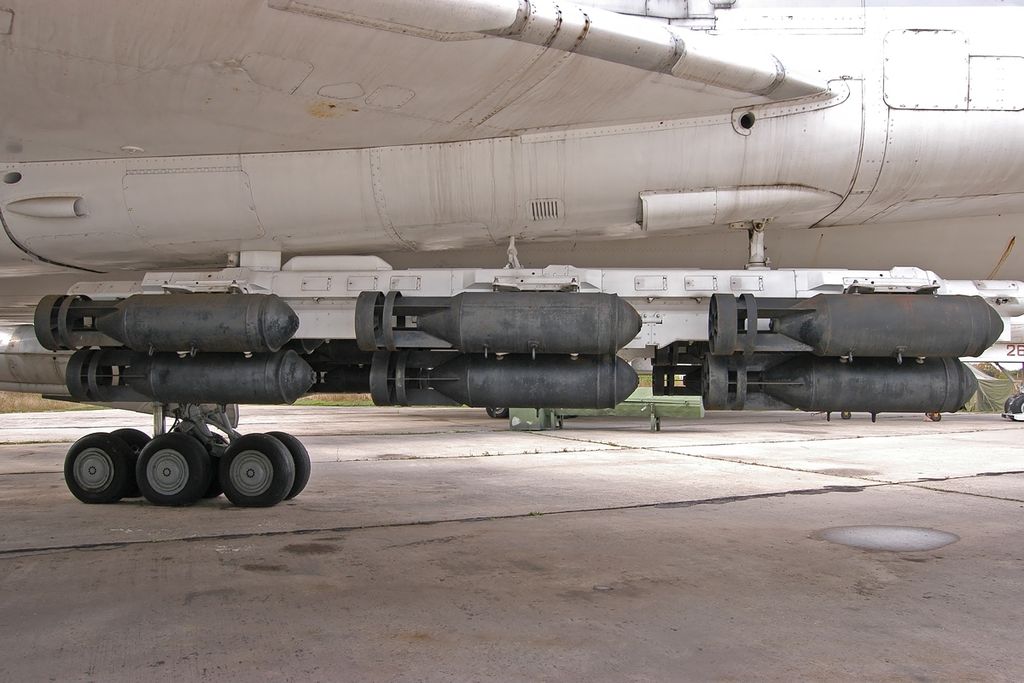
4. Faulty Guidance and Release Mechanisms
Internal Russian documents obtained by The Washington Post attribute many accidents to defective guidance systems in retrofitted glide bombs. “A certain percentage of Russian bombs is defective. caused by the unreliability of these kits,” said Ruslan Leviev of the Conflict Intelligence Team. Ukrainian specialists add that worn hardpoints and release mechanisms on aging aircraft further increase the risk of premature bomb release.

5. UMPB D-30SN & Newer Glide Bomb Variants
Among the advanced munitions involved in some of these incidents is the UMPB D-30SN, which has a range of up to 100 kilometers. Designated for deployment from Su-34, Su-35, and even from UAVs, it incorporates satellite navigation with adaptive antennas resistant to jamming. However, the speed of production and integration might have resulted in sacrificed reliability. Even the newer variants, UMPB-5s, are reportedly being tested in combat zones.
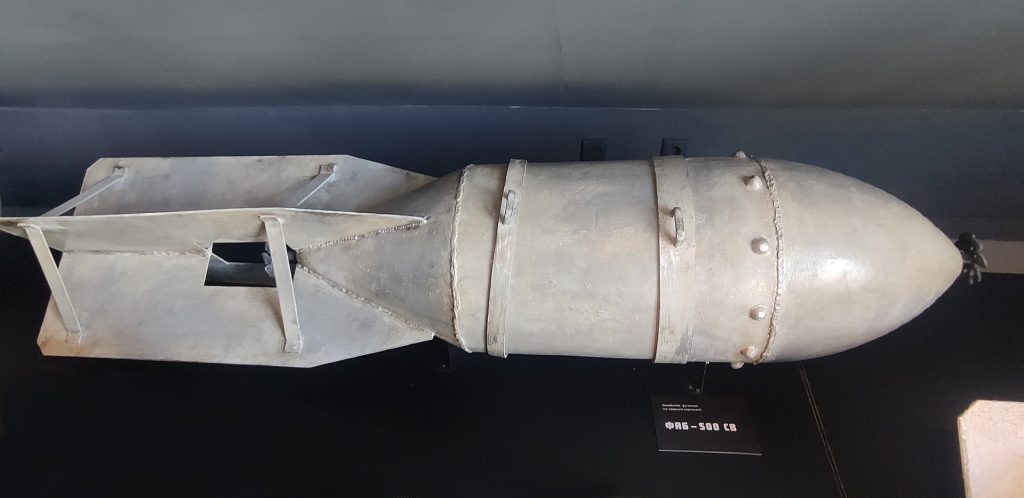
6. Non-Detonating but Still Dangerous
Most of the bombs that fall “abnormally” fail to detonate, often because their fuses never arm without a proper release sequence. The mass of a 500-kilogram bomb, however, can bring structural damage and casualties when it hits, even if it does not explode immediately. Demolition teams are sent regularly to neutralize these hazards, but the risk to civilians remains significant.
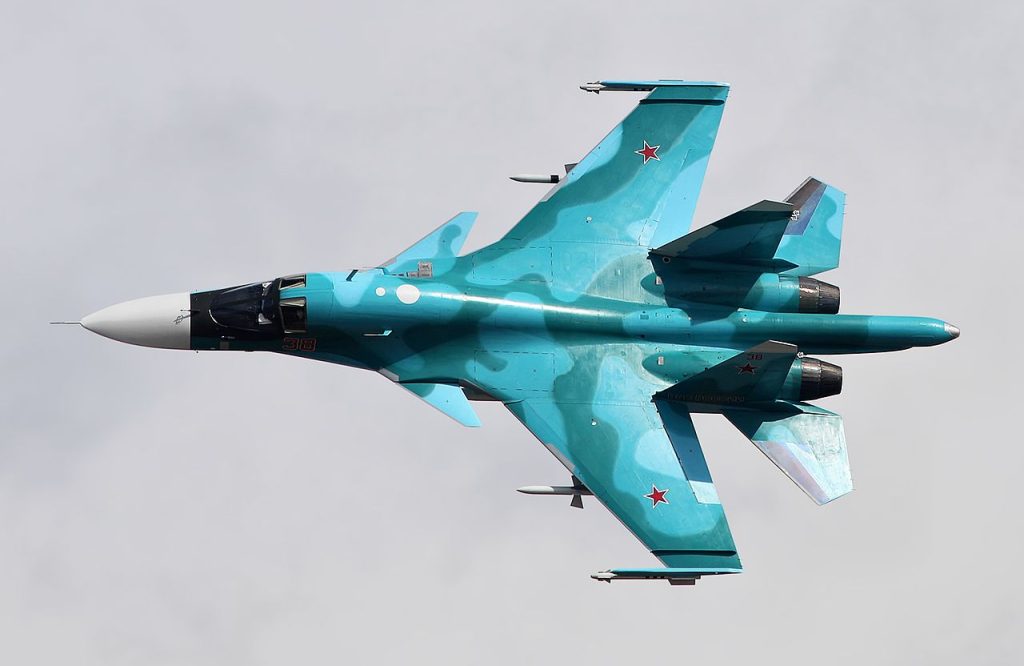
7. High-profile urban incidents
Some of these accidents have taken place over populated areas, which raises the alarm among ordinary citizens. In April 2023, one Su-34 bomber dropped a munition on Belgorod city, which made a 20-meter crater, injured two people, and damaged a lot of buildings. A bomb pierced the roof of one school in Bykovka. After those incidents, some Russian commentators called for an end to overflights of urban centers that are too risky.
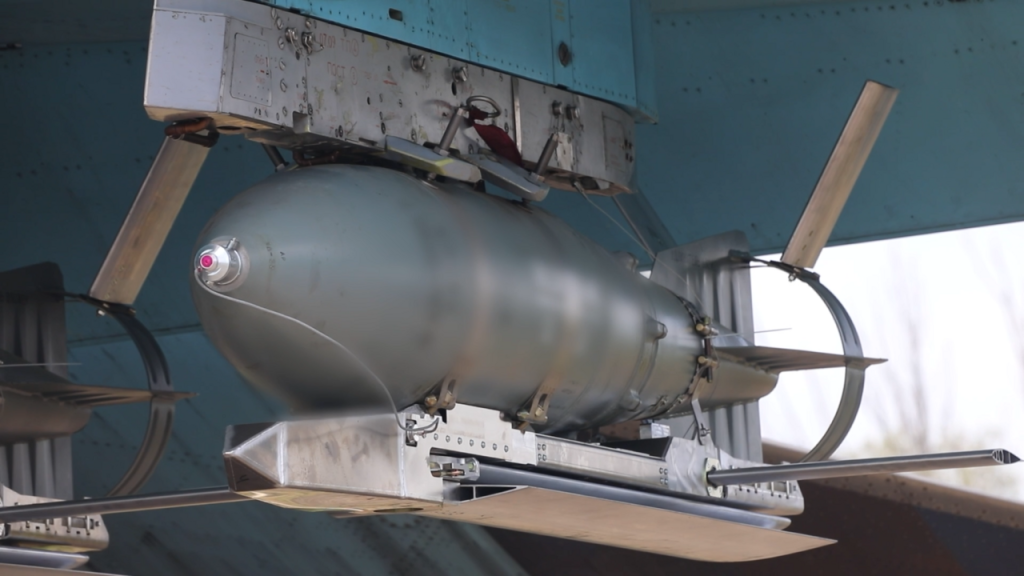
8. The Role of Production Pressure
The UMPK wing kit was rushed into service in 2023 to supplement dwindling stocks of precision missiles; that rush likely reduced quality control and resulted in mechanical incompatibilities between the kit and extant bomb release systems. Ukrainian analysts say such rushed integration is one key factor in the frequency of accidental drops.
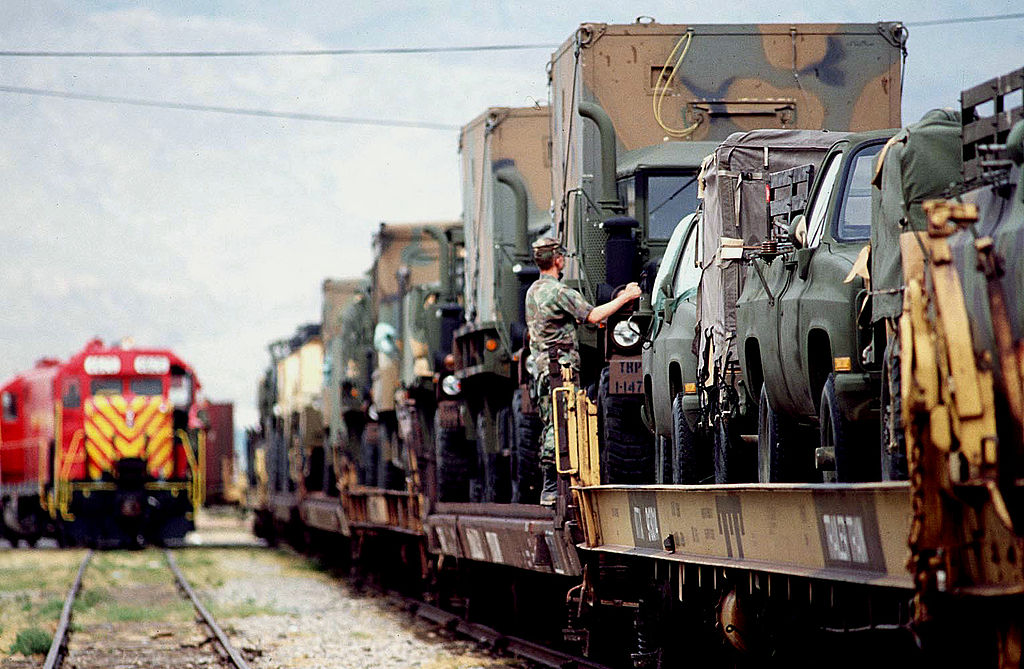
9. Strategic and Morale Implications
While Leviev says only a small proportion of bombs malfunction, the impression created is one of staggering ineptitude: Damaging optics of numerous self-inflicted strikes erode confidence in the air force’s competence, disrupt operations in staging areas, and provide propaganda material for adversaries. For a military keen to project technological superiority, these incidents are a continuous public embarrassment.
The repeated accidental release of Russian bombs over friendly and occupied territory is more than just a technical glitch; it reflects deeper problems in maintenance, production, and operational planning. With each passing day that the war drags on, the persistence of these failures will test not only the resilience of Russian logistics but also the credibility of its airpower in the eyes of both allies and adversaries.


